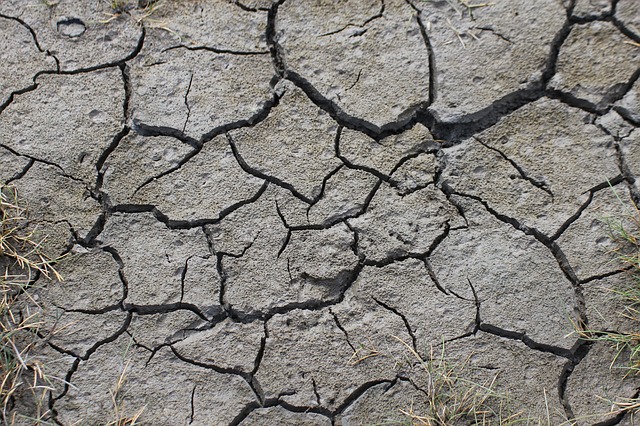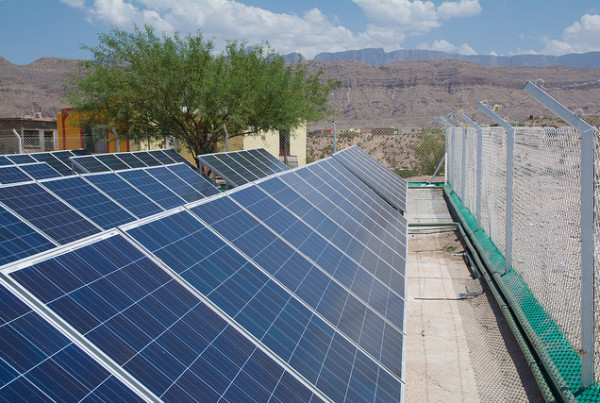One liquid could shape Texas’s future more than any other. And it’s not oil, but water – or the lack thereof.
It’s an issue that’s undeniable in Central Texas – where a private company is planning to drill wells in Hays County and sell water pumped from the aquifer below. The company’s not technically breaking any rules – the wells are in an area that’s not regulated by any groundwater district.
But local activist Jim McMeans says the millions of gallons of water a day they plan to pump raises some big concerns.
“That volume of water being pumped will potentially deplete hundreds perhaps even thousands of local wells in the area and, over time, have a very serious impact on the productivity of the Trinity Aquifer that so many people depend upon,” McMeans says.
But most Texans live in a world where we turn on the faucet, water comes out and we don’t give it much more thought. Should that change? And will it?
Dr. Andy Sansom is executive director of the Meadows Center for Water and the Environment based at Texas State University. Here’s what he tells Texas Standard about the state’s water future:
On Texas’s Current Water Outlook:
“We are going to have twice as many people in Texas in the next 50 years as we have today. And, yet, we have already given permission for more water to be withdrawn from our rivers than is actually in them. Today. So even if we didn’t have a drought, we’re going to have twice as many people to serve in the next 50 years – and we’ve already overextended the amount of surface water that we have.”
On what Texans pay for water:
“You’ll hear people say, ‘Well, why is this a problem – we’ve got a huge amount of water in the Gulf of Mexico. All we have to do is desalinate it and then we’ll be OK.’ The answer to that question is to desalinate water, to take the salt out of it, is a tremendously energy intensive activity and, thus, has a great cost. And then the water would have to be pumped 150 miles or so up here so we could consume it – and that has a huge cost. So if we’re willing to pay several times per gallon what we’re paying now, then some of these more expensive technologies could be brought to bear.”
On What Lack of Water Could Mean for Texas Agriculture:
“My greatest worry and, unfortunately, my belief is that certain types of agricultural practices such as, unfortunately, the flood irrigation of rice fields will probably not be seen in our children’s lifetimes because it’s simply unsustainable… [Next] could be irrigation on the high plains, up in the Panhandle, could be things like pecan orchard irrigation.”
What’s Next:
Texans recognize the potential water crisis ahead. In 2013, they voted overwhelmingly to approve a constitutional amendment to funnel some money from the state’s so-called “Rainy Day Fund” to water projects.
Right now, the Texas board in charge of the five-year state water plan is reviewing applications to fund an estimated $800 million in projects. The TWDB received 48 applications for more than $5.5 billion.












